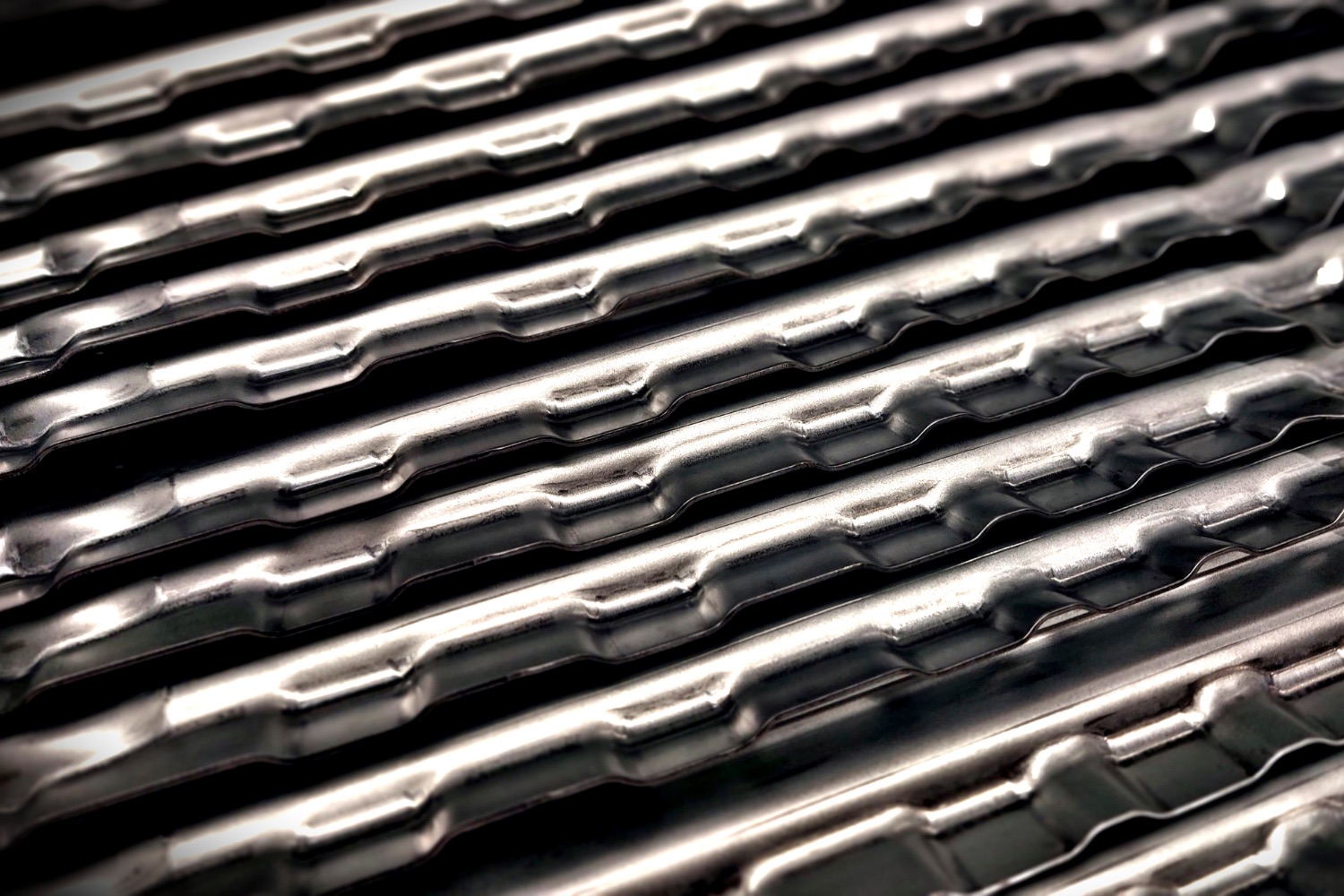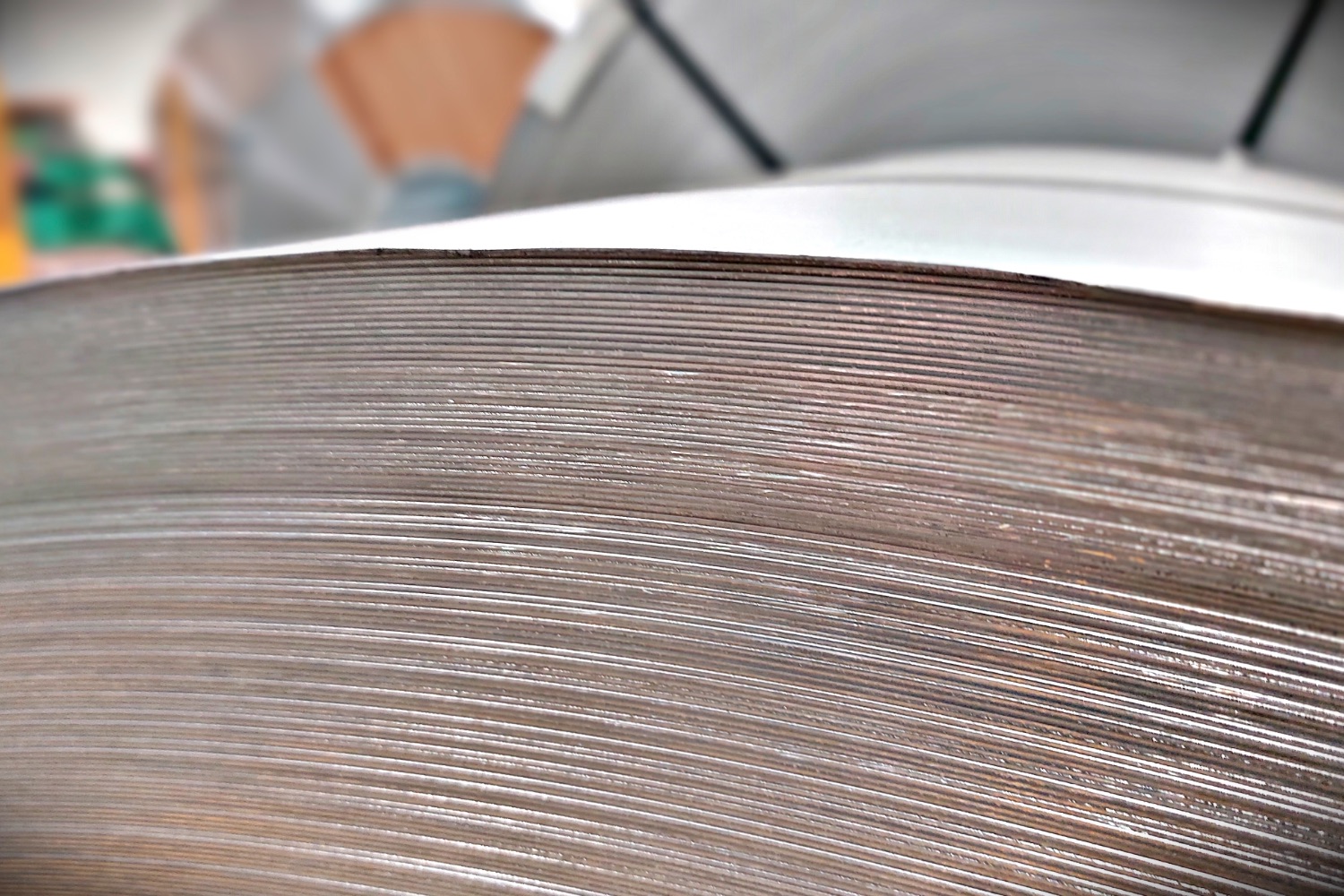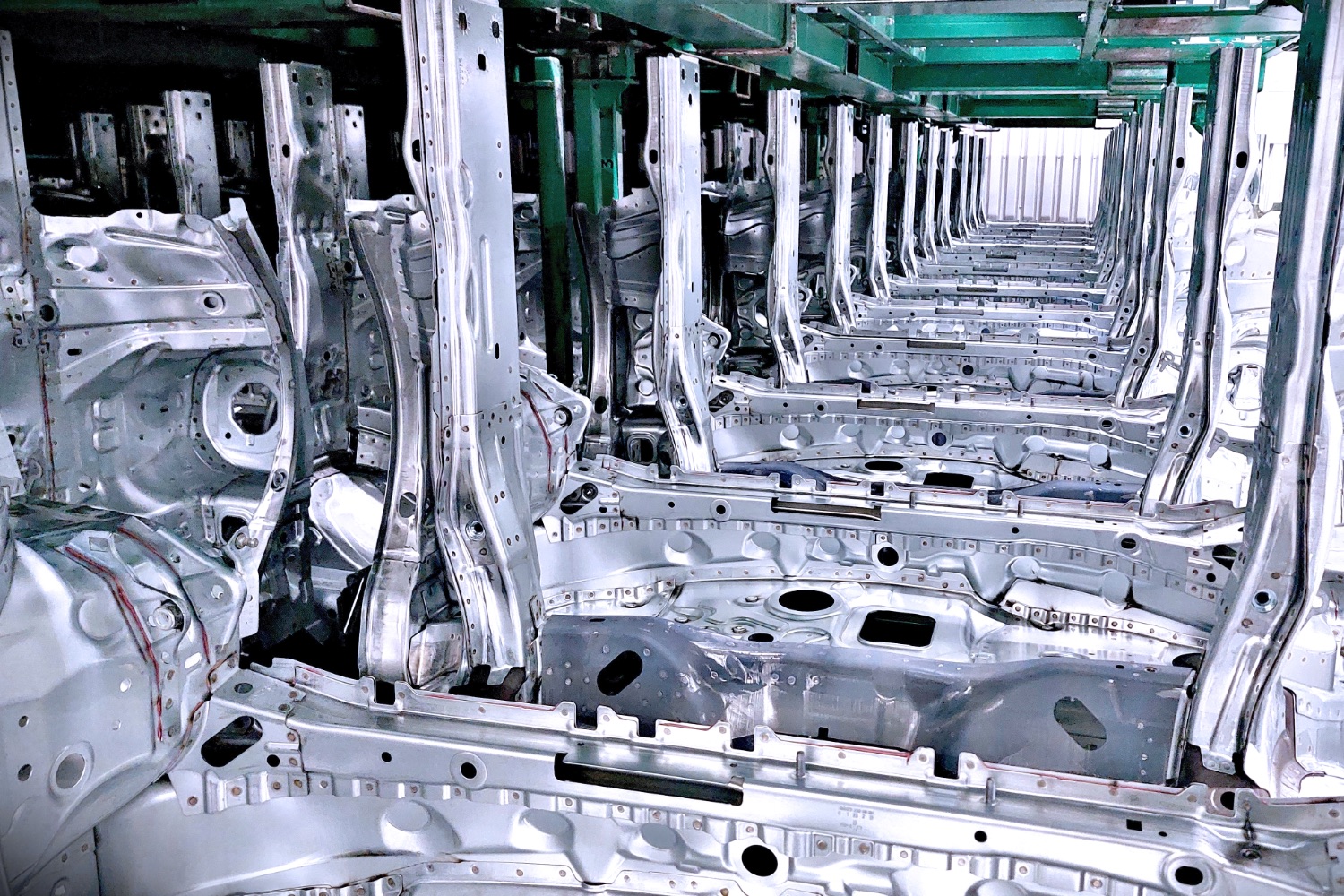Mercedes-Benz is aiming to use more than 200,000 of CO2-reduced steel in its press shops each year, with the goal of reducing and avoiding any CO2 emissions instead of off-setting them.
The decision is another step to Mercedes fulfilling its 'Ambition 2039' pledge - where the company will halve the average CO2 emissions in its passenger cars by 2030 and offer a fully carbon-neutral range of vehicles by the end of the next decade.
"The more than 200,000 tonnes of CO2-reduced steel per annum for the supply of our production facilities in Europe mark a considerable milestone for our ambitious sustainability goals," said Markus Schäfer, chief technology officer for the Mercedes-Benz Group.
"Together with its partners, Mercedes-Benz will continue to pave the way towards a net carbon-neutral new car fleet by 2039. At the same time, we are sending an important signal for the transformation of the European steel industry."
The changing face of steel production
Sustainable steel production has taken huge strides in recent years. Previously, one tonne of steel produced in a conventional manner would produce more than two tonnes of CO2.
More environmentally friendly methods, such as combining a direct reduction process with producing steel in an electric arc furnace instead of a coke-based blast furnace, can reduce CO2 emissions considerably.
According to Mercedes' head of procurement, Gunnar Guthenke, these changes can have a profound effect on the industry. "To make the automotive industry more sustainable, Mercedes-Benz and its partners are working to decarbonise the steel supply chain."
"The increased availability of green steel enables us to gradually introduce CO2 reduced and in a second step to use almost CO2 free steel in our vehicles, significantly helping to lower our carbon footprint."
Steel is produced in an electric arc furnace (EAF) by melting direct-reduced iron directly into steel, also combined with steel scrap. An electric arc furnace can be powered by green hydrogen or other renewable energies instead of natural gas - which can lead to near CO2-free steel.
Mercedes' current steel providers
Mercedes-Benz already procures CO2-reduced steel from Salzgitter Flachstahl, steel produced exclusively using scrap in an electric arc furnace - cutting emissions generated by more than 60 per cent compared to a conventional blast furnace process.
Mercedes' steel partner Arvedi, based in Italy, also provides the carmaker with CO2-reduced steel. Arvedi has also changed parts of its production process to green electricity, aiming to increase the volume of CO2-reduced steel supplied.
Hydrogen-based steel production
Mercedes achieved an automotive first last year, by becoming the first manufacturer of passenger cars to receive steel manufactured using SSAB's hydrogen-powered production process.
SSAB - a Swedish company - bases its production around using 100 per cent hydrogen, and reducing iron ore in its pilot plant. This results in ultra-high-strength martensitic steel, which is promptly sent to the Mercedes-Benz Sindelfingen plant.
With the same properties as blast furnace-produced steel, the ultra-high-strength steel will form the crossmembers for Mercedes' future MMA (Mercedes-Benz Modular Architecture) platform.
Almost CO2-free steel from H2
In 2021, Mercedes took an equity stake in Swedish start-up steel producer H2 Green Steel, a move the manufacturer says is "promoting the transformation of the steel industry".
Recently, Mercedes confirmed a supply contract with the firm for approximately 50,000 tonnes of steel per year, while also announcing its intent to push ahead with decarbonising its steel supply chain in North America and Europe.
For its future prospects, H2 aims to produce five million tonnes of almost CO2-free steel each year by 2030.
Decarbonising the supply network
Mercedes is aiming to establish a carbon-neutral new vehicle line-up across its entire range - a goal that will also apply to the carmaker's supply chain.
Back in 2020, Mercedes-Benz Cars and Mercedes-Benz Vans drafted the "Ambition Letter", showing the two companies' intent to seek out and use only climate-neutral products. In the years since, almost 90 per cent of Mercedes' suppliers have signed the letter, with Mercedes' steel suppliers among the signatories.
As well as this, Mercedes has integrated its CO2 emissions targets into its criteria for considering certain contract processes - taking into account CO2-intensive materials and components, namely steel, aluminium and battery cells.
Furthermore, Mercedes is also working with its partners to increase the amount of secondary raw materials used in the production of its components and materials.






